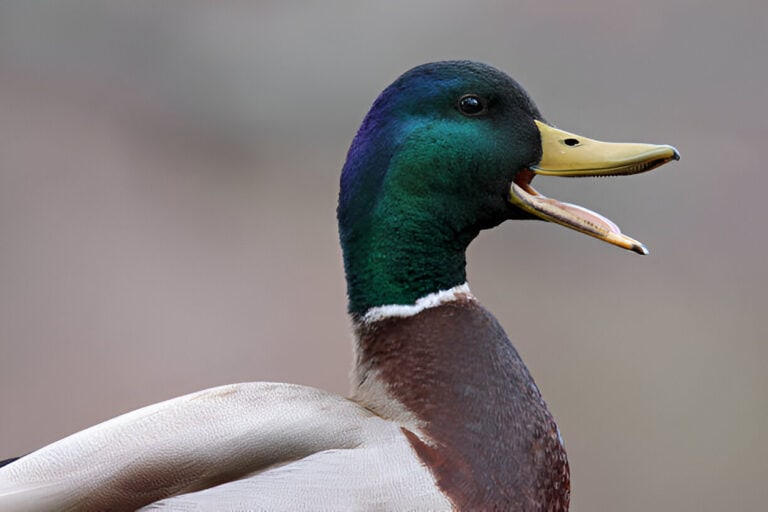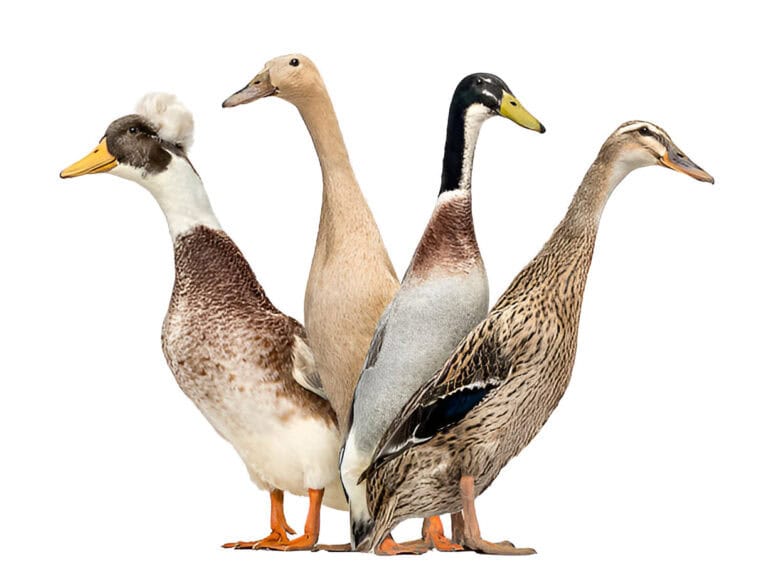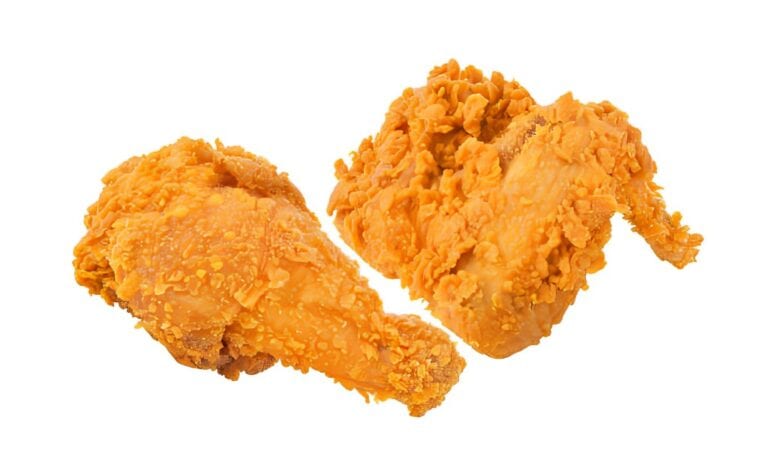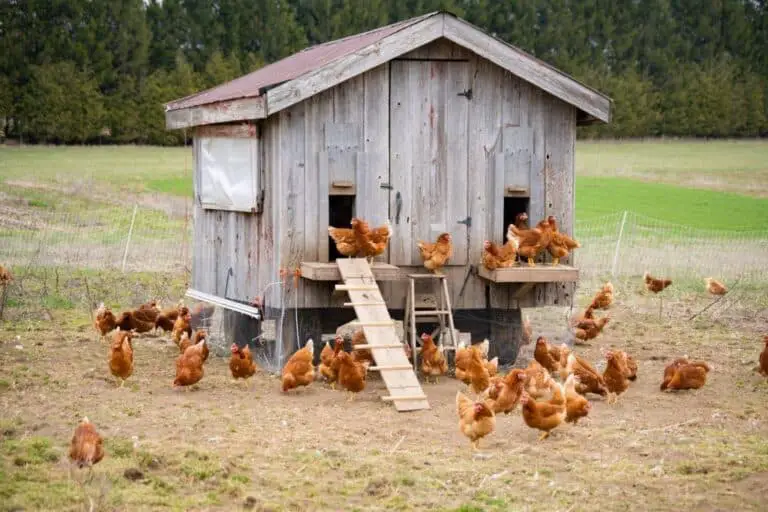Duck vs. Cormorant: How to Tell These Water Birds Apart
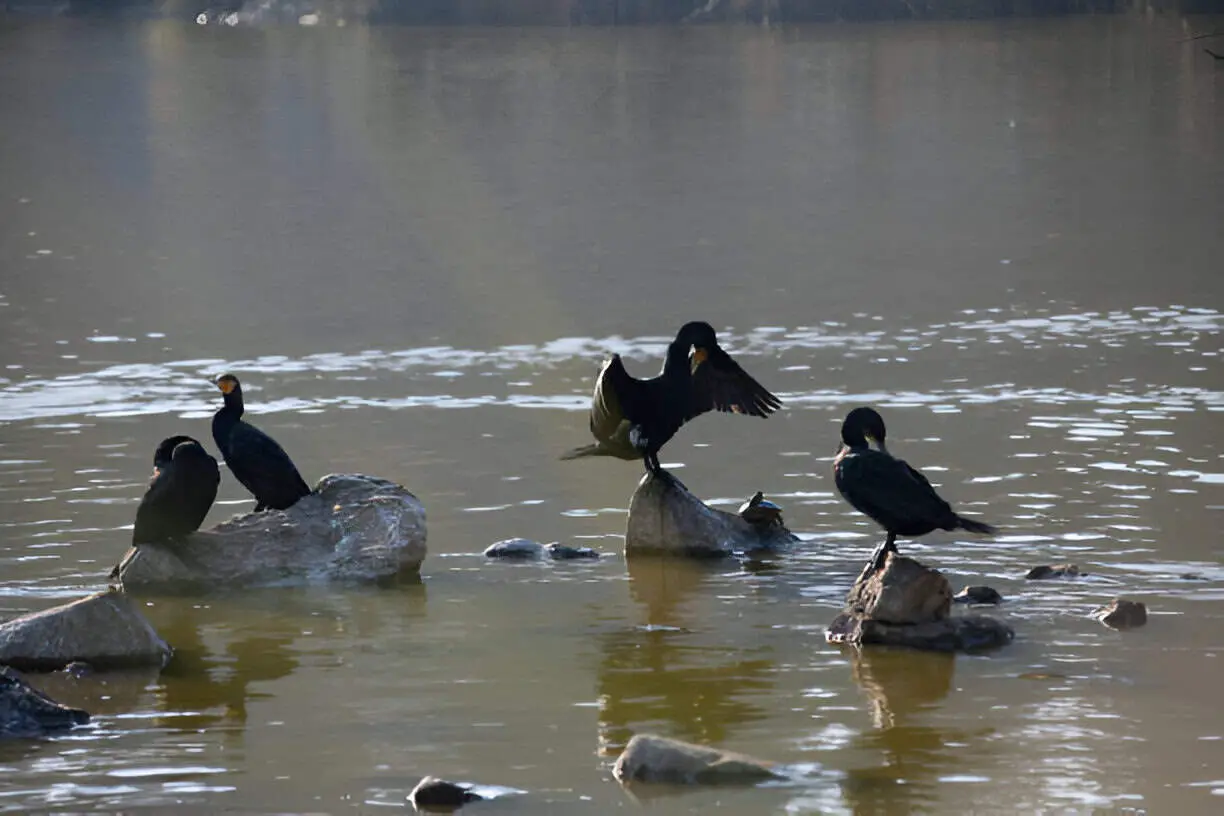
I remember the first time I mistook a cormorant for a duck. It was a misty morning on the lake, and I spotted a sleek, dark bird gliding low on the water. “Oh look, a duck,” I said confidently. Five minutes later, it perched on a rock, spread its wings like it was airing out laundry, and just stared like some mysterious sea creature. That’s when I realized—this was no duck.
So if you’ve ever scratched your head wondering who’s who in the waterfowl world, you’re not alone. Let’s dive into the nitty-gritty of ducks and cormorants—because the devil’s in the details.
First Impressions: Looks Can Be Deceiving
At first glance, ducks and cormorants both look like typical water birds. But when you slow down and pay attention, it’s like comparing a soccer mom’s minivan to a sports car—they’re built for different lives.
Key Physical Differences:
| Feature | Duck | Cormorant |
| Body Shape | Round and plump | Long and slender |
| Beak | Flat and broad | Hooked at the tip |
| Neck | Short and stout | Long and snake-like |
| Feather Color | Often bright or patterned | Usually black or dark brown |
| Feet | Webbed, for paddling | Webbed, but longer and stronger |
| Tail | Short and perky | Longer and wedge-shaped |
Ducks look like they’ve been designed by committee—cute, compact, and colorful. Cormorants, on the other hand, look like underwater assassins: sleek, stealthy, and a bit menacing if I’m honest.
Behavior: Ducks Waddle, Cormorants Glide
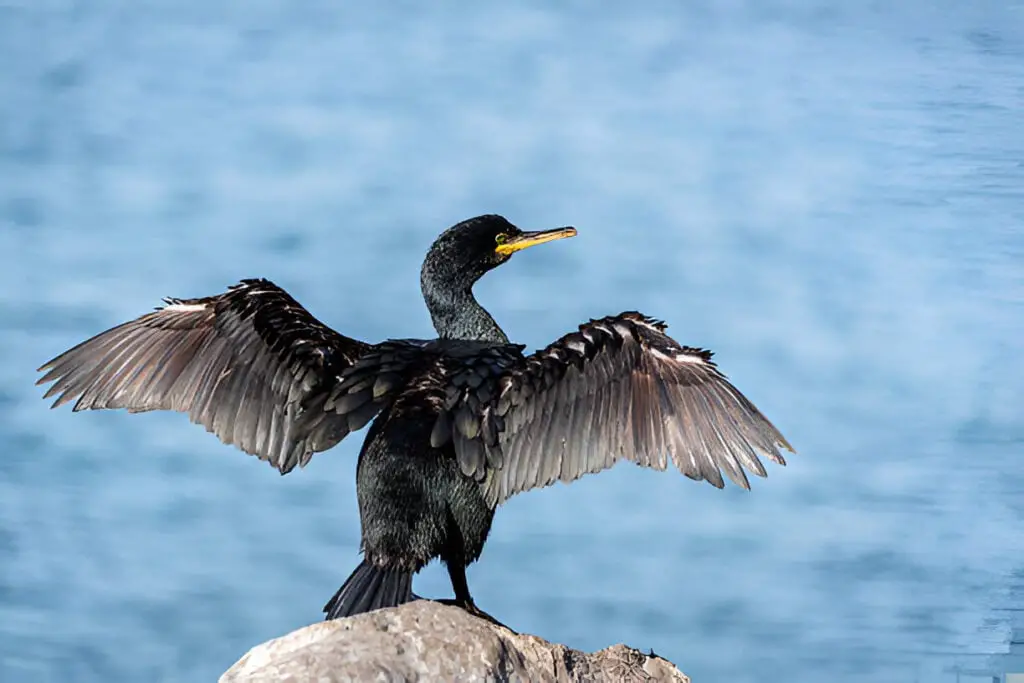
You can learn a lot about a bird by watching how it moves. Ducks waddle around like they’ve got somewhere to be but don’t want to spill their coffee. Cormorants, however, are the cool kids of the shoreline—they glide low over the water like they’re auditioning for a nature documentary.
Duck Behavior:
- Constant dabbling or dipping their heads underwater
- Waggle their tails when excited
- Quack, honk, and chat up a storm
- Travel in larger flocks
- Spend a lot of time on land
Cormorant Behavior:
- Dive deep and stay under for long stretches
- Sit on rocks or docks with wings spread
- Barely make a sound—silent but serious
- Usually seen solo or in smaller groups
- Rarely wander far from water
Cormorants don’t just dry their wings for fun. Unlike ducks, their feathers aren’t waterproof. That’s right—they actually get soggy on purpose so they can dive like torpedoes. It’s their version of putting on a wetsuit.
Feeding Habits: It’s All About the Catch
When it comes to mealtime, ducks are grazers, while cormorants are hunters. Watching a duck feed is like watching someone sample a buffet—dabble here, nibble there. Cormorants? They dive like heat-seeking missiles, chasing fish with Olympic precision.
| Feeding Style | Duck | Cormorant |
| Diet | Seeds, aquatic plants, insects | Mostly fish, eels, and crustaceans |
| Feeding Method | Dabbling or tipping headfirst | Deep diving and active pursuit |
| Typical Depth | Surface or shallow water | Can dive 25 feet or more |
| Tools | Broad beak to scoop food | Hooked beak to snatch slippery prey |
Cormorants are built for speed and accuracy underwater. Ducks… not so much. They prefer their meals slow, easy, and close to the surface. They’re the brunch crowd; cormorants are the sushi chefs.
Habitat: Where to Find Them
You might see ducks paddling in just about any puddle with water deep enough to cover their feet. Cormorants, though, are a bit pickier. They need larger bodies of water—lakes, rivers, coastlines—where the fish are worth the dive.
Ducks:
- City parks and suburban ponds
- Freshwater lakes, marshes, and slow-moving rivers
- Can live near humans and don’t shy away from crowds
Cormorants:
- Coastal waters, large inland lakes, and bays
- Prefer quiet, less disturbed areas
- Roost on rocks, logs, or dead trees
If ducks are suburban commuters, cormorants are ocean bikers—always near deep water, always on the move, and often found drying out somewhere high and dry.
Sounds and Communication
Do you want to know if the bird you see is a duck? Just listen. Ducks are highly vociferous animals, capable of making loud, piercing sounds. Cormorants, however, are like grumpy librarians. They mostly keep to themselves.
Ducks:
- Quacks, honks, whistles
- Use sounds to find mates, warn others, or just chat
- Males and females often have different calls
Cormorants:
- Mostly silent
- Occasionally emit low grunts or croaks
- Communicate more through posture and movement
So if the bird’s raising a ruckus, it’s probably a duck. If it’s silently judging you with its wings spread wide, you’ve likely spotted a cormorant.
Wing Drying: The Signature Move
One of the cormorant’s most iconic moves is the “batman” pose—wings stretched out like it’s about to take flight but never does. Ducks never do this. Ever.
Why Cormorants Dry Their Wings:
- Their feathers absorb water
- It helps reduce buoyancy for deep diving
- They need to air dry after fishing
This pose is the ultimate giveaway. If you see a bird looking like it’s worshiping the sun with outstretched wings on a rock, that’s your cormorant.
Final Clues for Birdwatchers (or Curious Walkers)
If you’re still unsure who’s who, here’s a quick cheat sheet:
Duck or Cormorant? Quick Spotting Tips
| Observation | Duck | Cormorant |
| Sitting on a pond? | Likely a duck | Possibly a cormorant, but rare |
| Wing-spreading pose? | Never | Almost always a cormorant |
| Diving for food? | Brief and shallow | Deep and long |
| Neck length? | Short and chunky | Long and snake-like |
| Social behavior? | Friendly flocks | Lone wolves or small groups |
What Animal Eats Cormorant?
Cormorants might look like tough birds, but they’ve got plenty of predators watching for a chance to snatch a meal. Their eggs and chicks are especially vulnerable. Gulls, crows, jays, and grackles often raid nests for easy pickings. On the ground, sneaky predators like raccoons, foxes, and coyotes may also target young cormorants when they’re unguarded.
Aerial predators, like bald eagles, pose a serious threat—not just to the young, but sometimes to adult cormorants too. And while it’s rarer, great horned owls, caimans, and even brown pelicans have been known to take advantage of unsuspecting birds.
Here’s a quick overview:
| Predator Type | Common Examples | Targets |
| Nest Raiders | Gulls, Jays, Grackles, Crows | Eggs, Chicks |
| Ground Predators | Raccoons, Foxes, Coyotes | Chicks |
| Aerial Hunters | Bald Eagles, Great Horned Owls, Pelicans | Adults, Chicks |
| Opportunistic Hunters | Caiman, Large Fish | Chicks near water |
Nature keeps cormorants on their toes!
What Looks Like a Duck but Is Not a Duck?
What looks like a duck but isn’t actually a duck? Meet the imposters: coots, grebes, and loons. These birds often mingle with ducks on lakes and ponds, floating right alongside them like they belong. At first glance, you’d swear they were ducks too—but take a closer look, and the differences start to stand out.
Coots, for example, have a stubby white beak and lobed toes instead of webbed feet. Grebes boast sleek necks and dagger-like bills, with a diving style that’s nothing like a duck’s. Loons? They’re larger, more dramatic, and built like underwater torpedoes. Each of these birds belongs to its own unique family, separate from the Anatidae (duck) clan.
Here’s a quick comparison to help you spot the difference:
| Bird | Feet | Bill Shape | Dive Style | Family |
| Coot | Lobed toes | Short, white | Quick dips | Rallidae |
| Grebe | Lobed toes | Pointed | Deep dives | Podicipedidae |
| Loon | Webbed | Long, sharp | Powerful dives | Gaviidae |
So next time you’re birdwatching, look twice—not all quacks come from ducks.
| Check out: Do Ducks Need Shelter in the Winter? |
Why It Matters (And Why I Care)
Now, you might be thinking, “Why does it even matter?” But once you start learning to spot the difference, you’ll realize you’ve stepped into a whole new layer of nature-watching. I used to walk past birds without a second thought. Now, I pause, watch, and notice details I never saw before—the curve of a beak, the glint in an eye, the way a bird lands on water like it owns the place.
It’s a small thing, but it adds color to my days. I no longer just “see a bird.” I see a duck, or a cormorant, or maybe even something new. It’s like tuning into a secret language that was always there—I just hadn’t learned to listen yet.
Wrapping Up: Don’t Let the Feathers Fool You
Next time you’re lakeside or by the shore, don’t let the feathers fool you. Ducks and cormorants might swim in the same pond, but they’re writing entirely different stories. Ducks are the extroverted neighbors who throw backyard BBQs. Cormorants are the mysterious loners who sneak out at dawn to catch breakfast.
Keep your eyes open, and you’ll never look at a “simple bird” the same way again.

